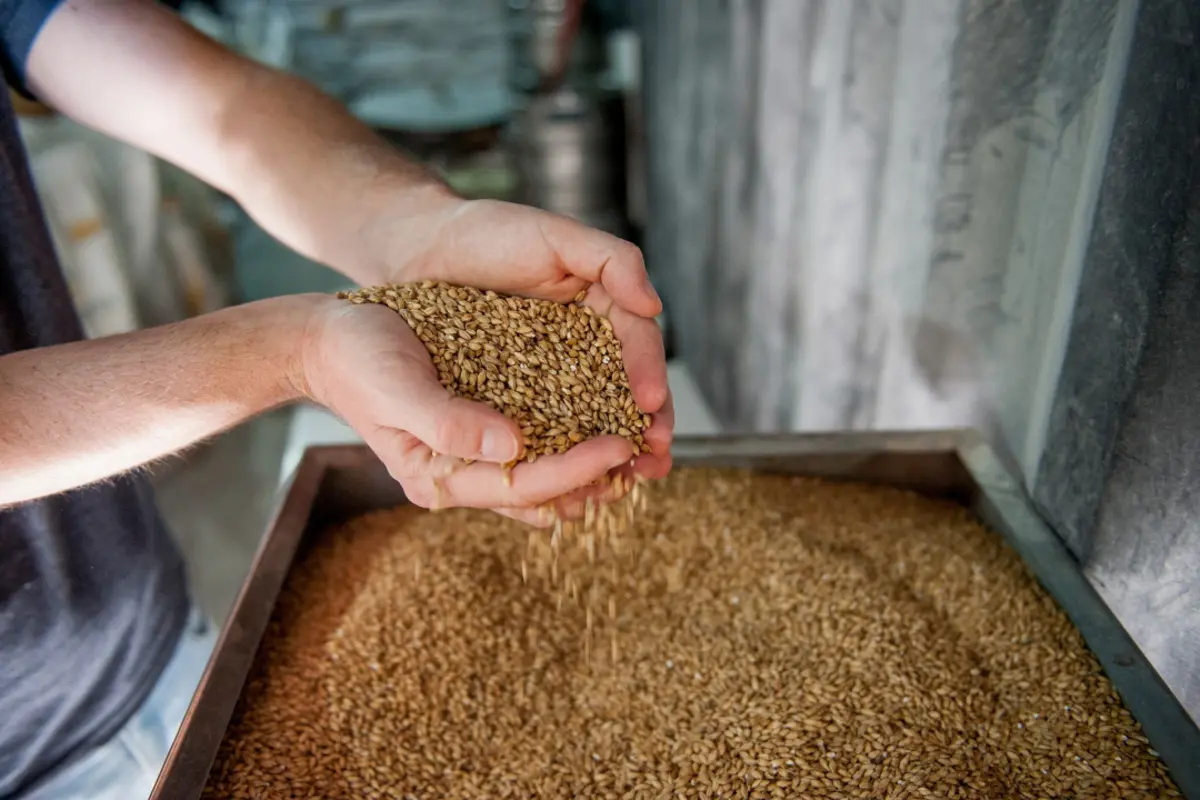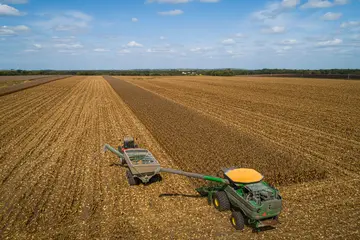Case study
Challenge: For liquefaction, a regional brewer was still using a complex series of temperature holds and rises and multiple additions of malt material to the cereal cooker. This time-consuming method meant a long cereal cooking cycle, higher energy costs, less efficiency and limited brewhouse capacity.
Solution: Adding our thermal-stable Termamyl® SC DS to the rice mash during cereal cooking/starch liquefaction resulted in a 63% reduction in time for cereal cooking and 43% reduction in time for the overall brewhouse mashing process (cereal cooking and malt saccharification within the mash tun). Extract also improved by 0.5%, and the brewhouse became more efficient overall.
What’s more, the shorter brewing cycle boosted both brewing capacity and sustainability. Cereal cooking now requires less energy and less water.
Location: Asia-Pacific



